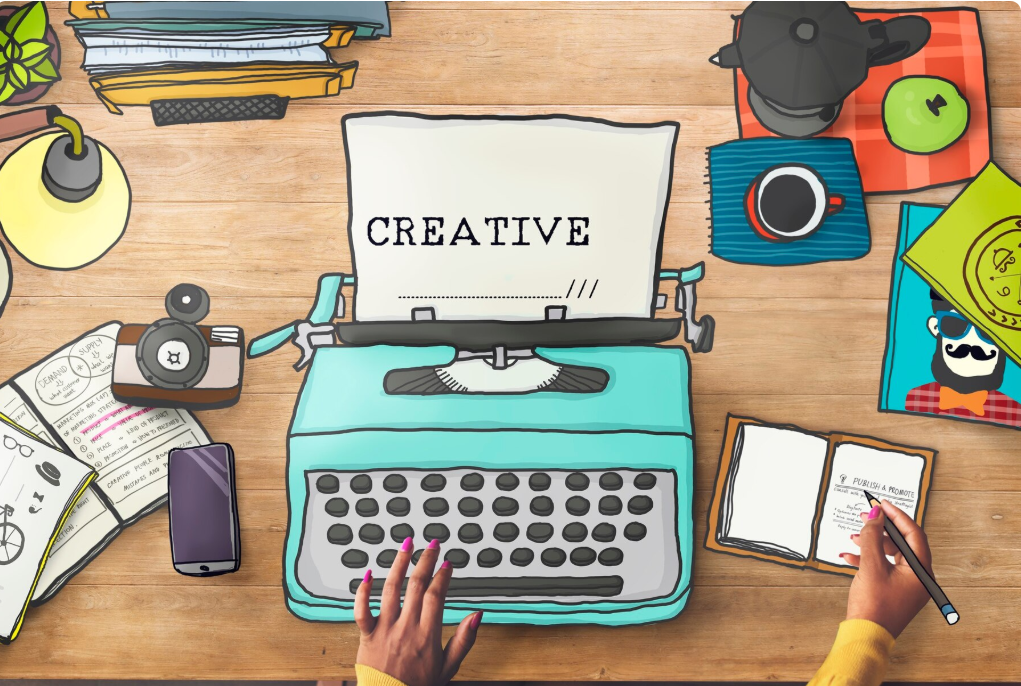Every outstanding work of art should have a headline that seems equally purposeful. Creating a headline involves more architecture than ornamentation. It establishes the tone and expectations while also laying out the reader’s future. This brief phrase bears a remarkably similar responsibility as a gallery label, especially in art journalism, where readers frequently seek depth and nuance—it frames our interpretation of what comes next. This process has undergone significant change as a result of the digital shift. Even the most poetic books nowadays have to be discoverable, not just enjoyable, to be worth keeping.

Many editors have significantly increased their traffic without compromising the visual appeal of their work by purposefully prioritizing clarity over cleverness. Curiosity bait such as “You Won’t Believe What Happened Next at This Gallery Opening” is no longer effective. Readers today are more discriminating, particularly those who are interested in the arts. They prefer substance to tension. A headline like “Inside the Immersive Light Installations of James Turrell” seems incredibly effective because it is specific while also informing and captivating.
| Topic | Guide for Making Headlines for Your Art Publication |
|---|---|
| Target Audience | Art editors, cultural journalists, curators, exhibition writers |
| Primary Objective | Improve clarity, click-through rates, and brand consistency |
| Key Focus | SEO optimization, reader engagement, creative integrity |
| Common Tools Used | Keyword research platforms, headline analyzers, ChatGPT |
| Publication Types | Art blogs, museum journals, digital magazines, zines |
| Major Challenges | Balancing tone and traffic, avoiding clichés, standing out |
| Useful Strategy | Combine clarity with artistic flair and keyword relevance |
| Reference |
Finding the ideal balance between brand voice and SEO functionality is frequently a challenge for medium-sized art publications. If a headline ignores what people are actually looking for, it may never be found by new readers, even though it may appeal to devoted ones with a clever pun. Editors can align their language choices with audience intent by carefully researching keywords in advance. Keywords like “art exhibition review,” “contemporary mural trends,” or “museum curation tips,” for example, don’t stifle creativity; rather, they give it direction.
Through deliberate improvement, editors are increasingly utilizing ChatGPT and other AI tools to enhance rather than replace their creativity. Ten headline variations that are optimized for SEO and engagement can be obtained by providing the AI with a draft article. This is especially helpful when there are deadlines to meet. The human editor is still essential, though, as they can refine the tone, confirm authenticity, and add emotional nuance that can only be brought from firsthand experience.
In the rapidly evolving world of digital publishing, creating distinct headlines for print and online platforms has emerged as a particularly astute tactic. Digital platforms require accuracy, but print may tend toward abstract, evocative language bolstered by design elements. A more straightforward online headline, such as “Floral Symbolism Explored in Modern Collage Art,” might be appropriate for a visually striking spread in a print art magazine called “Visions in Bloom.” If the editor is flexible and cognizant of format-driven behavior, both can coexist.
Even headline length has changed since readers are increasingly reading on mobile devices. If not carefully planned, titles are cut off at awkward places in social media previews and search engine snippets. To ensure that headlines are complete on almost all platforms, editors are now advised to keep them between 55 and 70 characters. Greater clarity and reader impact are frequently unlocked by the discipline of brevity.
Art publications are creating headline systems that work together by working together across departments, including design, social media, analytics, and editorial. When launching a feature on African futurism in sculpture, for instance, the SEO editor may suggest one visual title while the design team suggests another. They come to a hybrid that encapsulates essence and reach through workshops or headline testing (using A/B techniques). These kinds of initiatives have improved sharing metrics across platforms and dramatically decreased reader drop-off.
Headline performances became even more important during the pandemic, when gallery visits were conducted virtually. Readers had to rely solely on digital signals in the absence of physical context. This led many organizations and digital curators to become more digitally literate, or to learn how to write in a way that is both emotionally and algorithmically relevant. To improve the way they display online content, organizations such as the Tate and MoMA have begun combining editorial insight with data analysis. This has frequently resulted in headlines that are both poetic and searchable.
Publications have started to use timing-based adverbs and participles more freely in recent years. A headline such as “Reimagining Decay: Sculptors Embracing Rust and Decomposition,” for example, conveys urgency and piques interest. It isn’t generic, but it feels modern. A particularly creative method that combines concept and language is “By Repurposing Industrial Waste, These Artists Transform Pollution Into Beauty,” which emphasizes process while implying transformation.
Wordplay and puns are still popular as shareable headline elements, particularly in specialized newsletters and zines. However, the context greatly influences their potency. In an email newsletter, a title such as “Gogh-ing Boldly: Modern Homages to Van Gogh” might seem lighthearted and approachable, but on a museum’s official research blog, it might come across as casual. It takes practice and feedback to develop the ability to know when to be humorous and when to be serious.
Many seasoned editors have begun maintaining headline archives in recent years, noting which styles were particularly successful and which did not. When combined with analytics tools that monitor reader behavior, these internal libraries serve as a creative resource. Even if a headline is poetic, it’s time to change the strategy if it doesn’t generate clicks or engagement. Gaining knowledge from prior achievements is not only effective, but also empowering.
Any seasoned content creator will tell you that headlines are important because they influence people’s initial perceptions. Getting this right for early-stage publications can make the difference between momentum and obscurity. However, changing headline strategy has become a top priority, even for legacy institutions. In addition to art expertise, museums now invest in editorial staff who are proficient in digital technologies. More varied viewpoints, group decision-making, and deliberate editorial design have all been made possible by this change.
